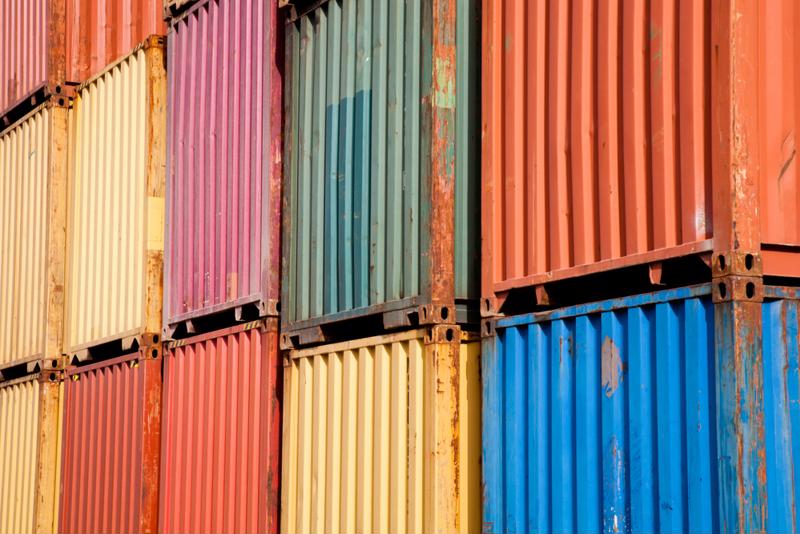I recently needed to obtain a client relationship representative at five companies
for an RFP sourcing initiative I was executing.
I had no contacts in my on-line rolodex or direct connection through LinkedIn.
What a nightmare this simple task became.
My process:
Step 1 Reach out to people within the company I work for and
inquire if anyone had contacts with the potential Suppliers. – No luck
Step 2, Look up each company website for a phone number to
call – the only option was fill out a form and someone would get back to
me – maybe… each website was seeking all kinds of information and there was no
way to bypass this process and just state my request and press send…
I was not going to spend 10 minutes
filling out fields for the supplier to decide if they wanted to engage in a
conversation – how many employees, location, budget for the service etc.…
My frustration was building, Dang it –
All I wanted was a human
voice to chat with and I would explain the purpose of my call.
Step 3, Go back to my email rolodex and reach out to
former colleges that might have connections to any of these companies – No luck
Step 4, Go to LinkedIn and look up the individual companies
to see if I could connect with a Client Relationship Manager or Customer
Service Representative by sending a LinkedIn message – No luck.
I was blocked! I do
not have a paid Premium Membership with LinkedIn which was required to contact members
at 3 of the Suppliers the client wanted vetted.
Of the two
Suppliers where I could send a message to an employee…
one never responded (even
though she did have over 300 connections).
The second
person who received my message did respond
- with a link to fill out a form to
see a demo – NOT WHAT I WANTED!
Do companies not want business??? My frustration was at a peak, plus I was baffled.
Have we become so automated that human interaction for business transactions has
evaporated?
Every company website home page should have a phone number
or contact us with direct contacts,
this is my strong opinion…
The result:
Two of the Suppliers that our client was interested in
vetting for the RFP lost their chance to participate because I gave up…
Eventually through colleges inquiring to colleges they know
in the telecommunications arena; I was eventually introduced to each supplier
representative. To obtain the correct
contact person for the remaining three companies took over 8 hours of time during a
week. This is not a good business
practice/face to present – it shouldn’t matter if you sell a hammer or managed
security services or network hardware gear – a Supplier is a Supplier and all
businesses need clients to survive…The doors must be open for a potential
client to walk in and in my case the walk in required a telephone conversation.
The postscript: After my initial conversation with each
supplier I asked for the CEO’s email address and sent a message. Since receipt of my emails all three
Suppliers have either added a phone number or way to write an inquiry through
their website that does not ask vetting questions…
About Corcentric: Procurement Services are EASY to engage! 888-909-3894 or email me twankoff@corcentric.com and I will
personally introduce you to the correct person in the appropriate department to answer your questions.
www.Corcentric.com
Corcentric’s Sourcing team is made up of subject matter experts; covering areas from Telecommunications hardware/software/voice and data services, to Managed Security Services and IPaaS solutions. Our strengths include providing real-time insights to the requirement building, carrier identification phase
including but not limited to just the sourcing and negotiation phases. We take a strategic approach in facilitating
and managing a RFP process where we identify opportunities that align
with both the short-term vision and long-term objectives of our clients.
Corcentric
leverages our proven process and best practices, keeping carriers engaged and
motivated about the opportunity. By
managing the carriers throughout the process, we ensure our clients have
visibility into all viable options for its requirements in terms of carriers,
technologies, contract, and pricing approaches. As an outcome of the sourcing process, we provide
our insights so that our clients make informed decisions regarding which
carriers are best matched to their specific requirements and future state
growth.



























